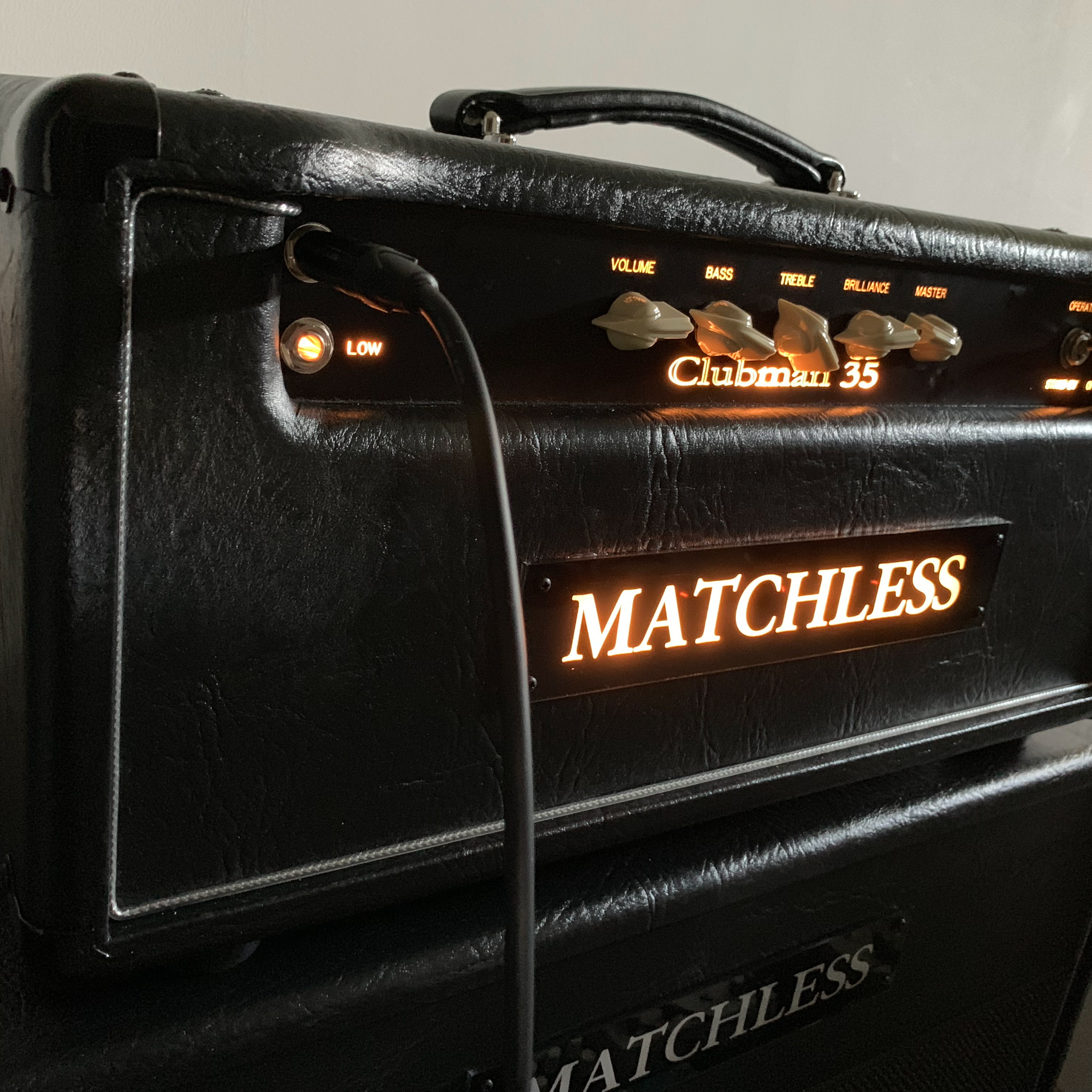The name Crash Arcade is deliberately paradoxical — a collision of destruction, nostalgia, and hope.
A monument to the damned — endless loss, despair, sorrow, and cursed joy, captured in decay.
A monument to the damned — endless loss, despair, sorrow, and cursed joy, captured in decay.
Duality.
Crash is the end — abrupt, modern, visceral — leaving behind fragments of memory through static.
It signals cataclysm: physical destruction, emotional desolation, existential disintegration — shards of fractured spirit of the last men on a scorched earth. A reflection of modern fragility, where dreams and desires remain balanced on the edge of oblivion, coercion replacing freedom.
Arcade is the arch — noble, classical, formed in old-world grandeur — once the pinnacle of communal escape, now a façade of opulence masking the emptiness, a wasteland of flickering screens and corrupted relics.
A silhouette on a frozen shore, a saviour summoning the serenity of a fading recall amid the hollow glare of mercantile follies.
A symbol of lost innocence and pre-millennium wonder, the arcade stands as the spectre of civilization — elegant and evolved, yet distorted by apathetic nihilism.
It is the harmonic inversion of the crash: a coda of prescience and encoded cognisance, where distant hope and spiritual endeavor still shimmer long after the world has burned.
Together, Crash Arcade becomes an artefact — the fall and the memory — the sky collapsing over the most sacred, shallow joys.
A name that feels like a place, a moment, a message left for the distant future; a wrecked archive of human expression, buried in the cinders of time.
“Crash”
Imitative in origin, it comes from the sound it describes
Imitative in origin, it comes from the sound it describes
First recorded use: late 14th century (circa 1390–1400)
As a violent noise or collision, dates back to 15th–16th century usage.
A stock market crash or system failure, is a 20th-century extension.It sounds modern and catastrophic, evoking system failure and societal collapse.
It clashes beautifully with “arcade,” which carries a more classical, nostalgic tone.
“Arcade”
French arcade (17th century), from Latin arcus = “arch.”
French arcade (17th century), from Latin arcus = “arch.”
First English usage: 1730s, a series of arches or a passageway with covered arches.
A covered walkway lined with shops (18th–19th centuries).
20th century usage refers to amusement arcades (1950s–80s).
20th century usage refers to amusement arcades (1950s–80s).
This dichotomy, one modern, one ancient, is a microcosm of the entire theme:
The new world wrecking the old.



